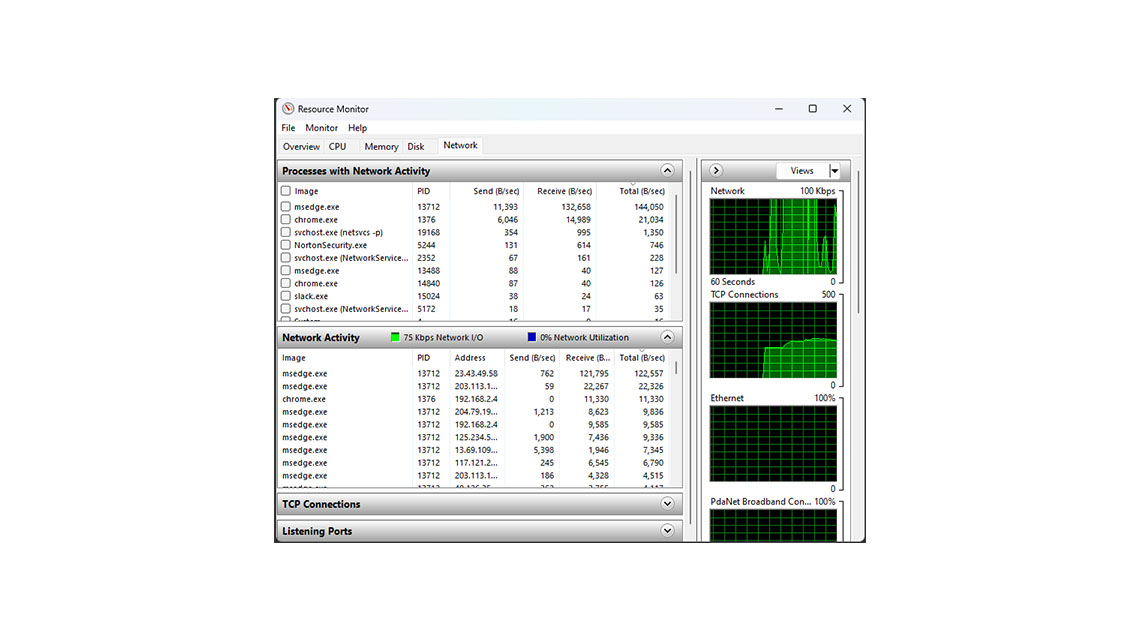I. What Is Capacity In Performance Test?
Capacity in performance testing refers to the ability of a system to handle a specific workload or user traffic volume while maintaining acceptable performance levels. In other words, it is the maximum amount of load or traffic a system can handle without any performance issues such as slow response times, high error rates, or system crashes. Capacity testing involves simulating a high volume of user traffic on the system to identify bottlenecks and performance issues, and to determine the maximum amount of load the system can handle.
II. Why Is Capacity Measurement Important In Performance Test?
- First, Capacity measurement can help ensure that an application can handle the expected number of users or data without experiencing any performance issues.
- Second, the Capacity measurement helps to identify the bottlenecks in performance of system, and allow the performance engineers to optimize an application’s performance to handle larger loads effectively.
- Finally, the Capacity measurement ensures that an application is scalable for the future growth or increasing performance of the system in peak time.
III. How To Measure Capacity In Performance Test?
- By considering factors that are able to affect the capacity of a system, performance engineers can identify exactly capacity and areas to optimize the system resources. Some of critical factors of the system should be considered as:
- Hardware resources, including the CPU, memory, disk space, and network bandwidth.
- Software architecture, including the number of servers, load balancers, and databases.
- Expected user behavior, such as the number of users, the type of requests, and the frequency of requests
- Network infrastructure, including the bandwidth, latency, and packet loss.
- Testing environment, including the tools and techniques used for performance testing.
- System configuration, including the settings for caching, logging, and other parameters.
- To measure the capacity of system effectively and identify potential performance issues, performance engineers can use the following strategies and work closely with developer team and stakeholders as
- Define realistic user scenarios and traffic volumes based on the system’s expected usage patterns.
- Choose appropriate performance testing tools that can simulate realistic user behavior and traffic volumes.
- Conduct a series of tests with gradually increasing loads, starting from low loads and increasing to peak loads, to identify the system’s maximum capacity.
- Monitor key system metrics such as response time, throughput, CPU usage, memory usage, and network utilization during the tests.
- Analyze the test results to identify performance issues such as slow response times, high error rates, or bottlenecked resources.
- Use profiling tools to drill down and identify the root cause of performance issues.
- Make more changes to improve capacity and performance of the system, such as optimizing code, tuning database settings, or upgrading hardware or infrastructure.
- Repeat the testing process to ensure that the changes have had the desired effect on the system’s capacity and performance.
- Available tools to measure capacity of the system:
- Apache JMeter is used to test the performance and capacity of web applications.
- LoadRunner is a commercial tool from Micro Focus that can be used to test the performance and capacity of various types of applications, including web, mobile, and cloud applications.
- Gatling is an open-source tool that can be used to test the performance and capacity of web applications.
- Apache Bench is a command-line tool that can be used to test the performance and capacity of web servers.
- Tsung is an open-source tool that can be used to test the performance and capacity of various types of applications, including web, SOAP, and XMPP applications.
- Locust is an open-source tool that can be used to test the performance and capacity of web applications.
IV. Best Practices For System Capacity Measurement
- Measuring capacity can present several challenges for performance engineers. Here are some of the most common challenges in capacity measurement:
- Limited Resources, such as time, budget, or test hardware, can make it challenging to conduct thorough capacity testing. It can be difficult to simulate real-world traffic volumes and user behavior with limited resources.
- Complex Systems with multiple components, dependencies, and integration points can be difficult to test comprehensively. It can be challenging to isolate performance issues in such systems.
- Changing Requirements can make it difficult to plan and execute capacity testing effectively. Unexpected changes in traffic volumes or user behavior can lead to inaccurate test results.
- Lack of Test Data can make it difficult to simulate realistic user behavior and traffic volumes. Without adequate test data, it can be challenging to generate accurate test results.
- Scalability Issues can arise when the system’s capacity is insufficient to handle growing traffic volumes or user activity. It can be challenging to predict future capacity requirements and ensure that the system can scale to meet them.
- Unreliable performance testing tools can lead to inaccurate test results and make it challenging to identify performance issues. Using the wrong tools or outdated versions of tools can also result in inaccurate test results.
- Here are some best practices that can help performance engineers measure the capacity of a system effectively:
- Defining clear objectives for capacity testing, such as determining the maximum number of users the system can handle or identifying performance bottlenecks, is important to help focus testing efforts and ensure that the testing is aligned with the goals of the project.
- Using realistic test scenarios that reflect the expected usage patterns of the system will help ensure that the testing is relevant and accurate. Using production-like environments helps to ensure that the testing environment accurately reflects the production environment.
- Using appropriate testing tools that can simulate realistic user behavior and traffic volumes will help ensure that the testing accurately reflects the expected usage patterns of the system.
- Monitoring key system metrics during testing, such as response time, throughput, CPU usage, memory usage, and network utilization, will help identify performance issues and ensure that the testing accurately reflects the system’s performance.
- Conducting multiple rounds of testing with gradually increasing loads to identify the system’s maximum capacity and any performance bottlenecks is essential.
- Collaborating closely with development teams to identify and resolve performance issues will ensure that performance issues are resolved efficiently and effectively.
- Documenting and sharing test results will ensure that everyone is aware of the system’s capacity and any performance issues..
V. Conclusion
Capacity Measurement in performance test is essential to ensure that an application can handle the expected number of users or data without experiencing any performance issues. By using load testing, stress testing, and scalability testing, performance engineers can determine an application’s capacity and optimize it for the expected usage. By following best practices such as defining realistic load scenarios, starting with baseline testing, monitoring key performance indicators, and using cloud-based testing, performance engineers can deliver high-performing applications that meet the needs of their users.
References
- ISTQB Certified Tester Foundation Level Specialist.
- ISO 25010 quality management.








